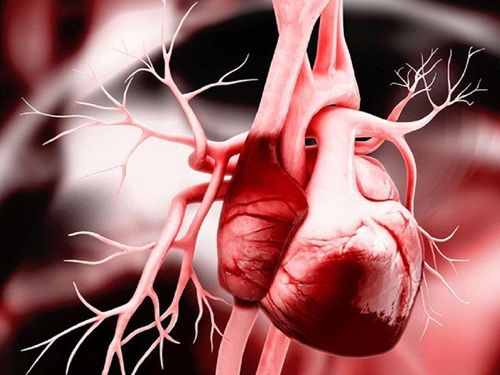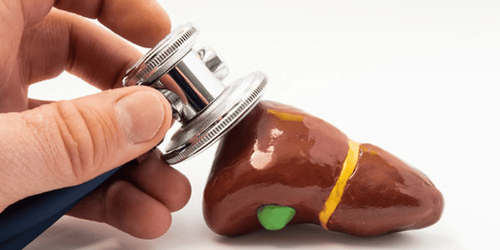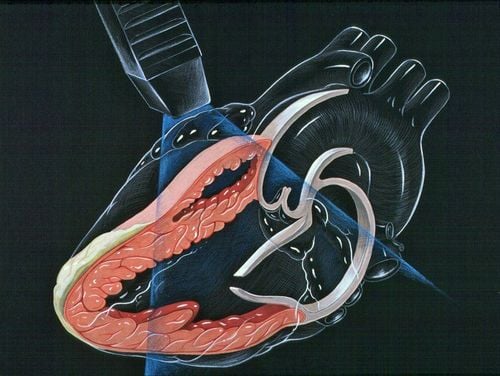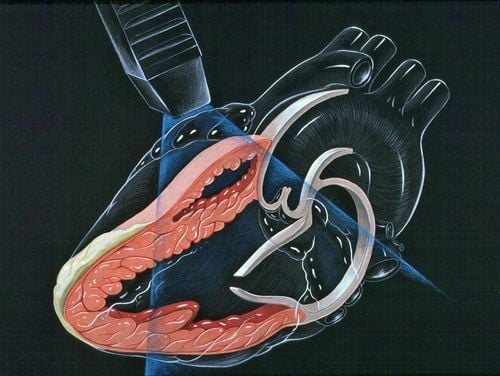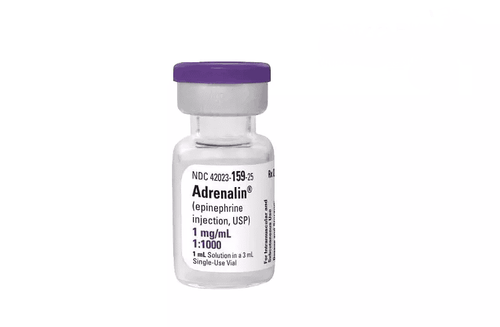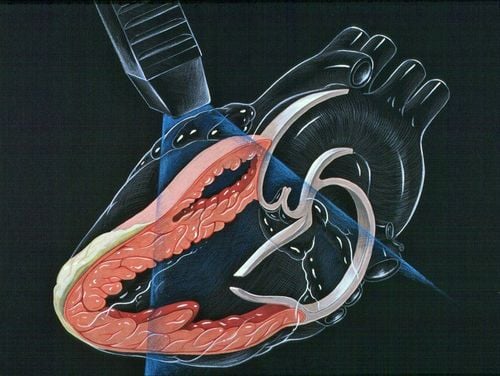This is an automatically translated article.
This article is expertly consulted by Master, Doctor Nguyen Le Duc Hoang - Emergency Medicine Doctor - Emergency Department - Vinmec Danang International Hospital.Bedside emergency electrocardiogram is indicated for patients with emergency conditions or cases where it is not possible to bring the patient to the ECG recording room.
1. What is electrocardiogram?
An electrocardiogram is a line that records the variations in electrical currents produced by the heart during contraction. An electrocardiogram can measure the heart's speed and rhythm as well as provide indirect evidence of blood flow to the heart. When the heart works, it generates an electrical impulse from the cells in the heart's chambers, and the electrocardiogram records the electrical signals as these electrical impulses travel through the heart according to a conduction system. Electrocardiogram is made to detect heart diseases such as angina pectoris, arrhythmia ...Electrocardiogram helps diagnose cardiovascular diseases such as:
Heart rate: Electrocardiogram is of decisive importance used to accurately diagnose cardiac arrhythmias such as tachycardia, bradycardia, or arrhythmia. These cases occur when there is any malfunction in the electrical system of the heart. Angina: The waves shown on the electrocardiogram can show the part of the heart muscle that has been damaged, as well as the extent of its damage. For coronary heart disease causing ischemic heart disease, electrocardiogram plays an indispensable role. Structural abnormalities of the heart: An electrocardiogram can show abnormalities of the heart's walls and chambers, as well as heart defects and other heart problems.
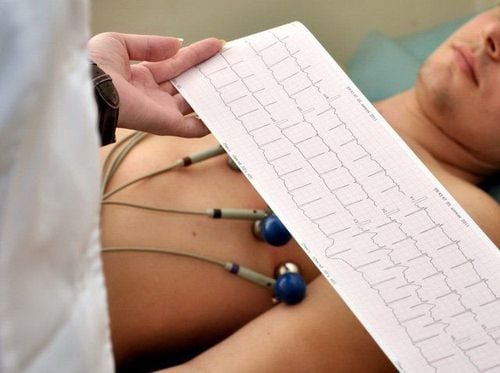
Điện tim giúp phát hiện bệnh lý tim mạch
2. Record emergency electrocardiogram at bed
2.1. When to record emergency electrocardiogram at the bedEmergency ECG recording at the bed is indicated for cases where the patient has an emergency condition or when it is not possible to bring the patient to the ECG recording room. Record emergency electrocardiogram at bed when diagnosing and evaluating the effectiveness of treatment of arrhythmias; Diagnosis and evaluation of the effectiveness of treatment of congenital heart diseases. Diagnose and evaluate the effectiveness of treatment of acquired heart diseases such as: Kawasaki, rheumatic heart disease, endocarditis, pericarditis, myositis... Symptoms are suspected due to arrhythmia. Record emergency electrocardiogram when there are cyanotic episodes; symptoms appear on exertion such as chest pain, shortness of breath... Family history of sudden death or related genetic disease Electrolyte disorders Poisoning with drugs or drugs that can cause arrhythmia 2.2. Steps to record emergency electrocardiogram at bed
Step 1: Turn on the ECG machine, fill in the patient's information.
Step 2: Have the patient lie on his or her back, quietly and comfortably. To expose the chest and wrists, place electrodes according to AHA regulations.
Step 3: Place probe electrodes of 6 common precordial leads:
Right 4th intercostal space, close to the sternum border. The left 4th intercostal space, close to the sternum margin. The point between the line connecting V2 and V4. The intersection of the longitudinal line passing through the middle of the left clavicle with the horizontal line passing through the apex of the heart. The intersection of the anterior axillary line with the horizontal line passing through V4. The intersection of the mid-axillary line with the horizontal line passing through V4, V5.

Ghi điện tim cấp cứu tại giường
Step 5: Press the record button and check the recording quality again
Step 6: turn off the device and remove the electrode, wipe the patient's skin.
Step 7: Send the electrocardiogram to the doctor to read the results.
To protect heart health in general and detect early signs of myocardial infarction and stroke, customers can sign up for Cardiovascular Screening Package - Basic Cardiovascular Examination of Vinmec International General Hospital . The examination package helps to detect cardiovascular problems at the earliest through tests and modern imaging methods. The package is for all ages, genders and is especially essential for people with risk factors for cardiovascular disease.
Master - Doctor Cao Thanh Tam has many years of experience in the diagnosis and treatment of cardiovascular diseases; Performing transthoracic echocardiography in the field of internal medicine and interventional Cardiology; Perform other non-invasive functional investigations in the diagnosis and treatment of cardiovascular diseases. Currently working as a cardiologist at Vinmec Central Park International General Hospital since November 2015.
Customers can directly go to Vinmec Health system nationwide to visit or contact the hotline here for support.
MORE:
What is special about 4D echocardiography at Vinmec? What is the significance of echocardiography in the examination and detection of cardiovascular diseases? What is a transthoracic echocardiogram?





